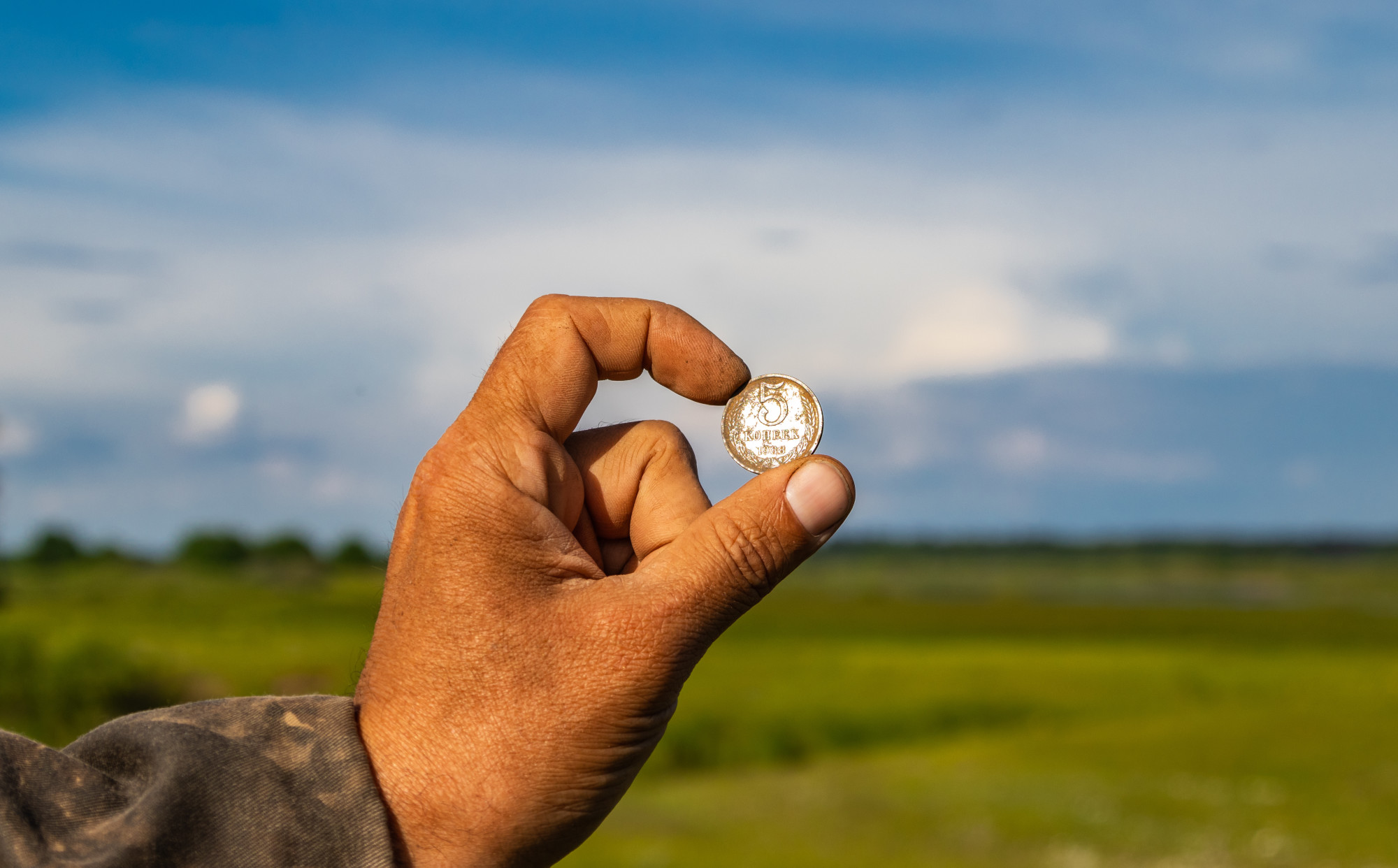Whether challenge coins have been around since World War I or since the Vietnam War, challenge coin collecting is a popular hobby that allows enthusiasts to appreciate the history, craftsmanship, and unique designs of these commemorative coins. However, like any collecting endeavor, there are potential pitfalls and mistakes that collectors can make along the way.
In this blog post, we will explore four common errors with collecting challenge coins and provide practical tips on how to avoid them.
1. Lack of Research
One of the most common errors collectors make is diving into the hobby without conducting thorough research. It’s crucial to educate yourself about the different types of challenge coins. Including their historical significance, and the various minting processes.
Take the time to understand the market value, rarity, and authenticity factors that can affect a coin’s worth. By arming yourself with knowledge, you can avoid purchasing counterfeit or overpriced coins. You also want to do research if you decide to design your own coin to avoid making rookie mistakes.
2. Not Getting Organized
Collecting challenge coins can become overwhelming without proper organization and documentation. Failing to keep track of your collection can lead to duplicates and missed opportunities.
We recommend developing a system to catalog and organize your coins. Consider using spreadsheets, specialized coin collecting software, or dedicated albums and storage cases.
Keep detailed records of each coin’s origin, history, acquisition date, and any relevant information. Also, regularly update your inventory as you add or trade coins.
3. Not Taking Care of Your Coins
The condition of a challenge coin significantly impacts its value and desirability. This is why cleaning challenge coins is not optional.
Collectors often make the mistake of overlooking the condition and accepting coins with significant damage, such as scratches, dents, or discoloration. While some wear and tear may be acceptable for older coins, it’s essential to be discerning and aim for coins in the best possible condition.
It is a smart move to inspect coins carefully before purchasing, and consider factors such as scratches, dings, and fading of colors. Learn about grading standards for challenge coins and seek coins that meet your desired quality criteria.
4. Not Joining a Coin-Collecting Community
Coin-collecting communities provide a platform for collectors to share their knowledge, experiences, and expertise. By participating in discussions, forums, or attending meet-ups, you can learn from seasoned collectors who have a wealth of information about coins, grading standards, market trends, and collecting strategies.
This exchange of knowledge can help you expand your understanding of coins and make more informed decisions. You can also connect with like-minded individuals who share your passion for coins. A community allows you to exchange insights, trade or acquire coins from each other, and even collaborate on joint collecting projects.
Time to Avoid These Errors With Collecting Challenge Coins
Now that you know the top errors with collecting challenge coins, you can make better decisions and enhance your coin collecting strategy. Remember to always take the time to do your research to avoid losing money.
If you found our article helpful make sure you continue browsing this section for our latest.





Be First to Comment